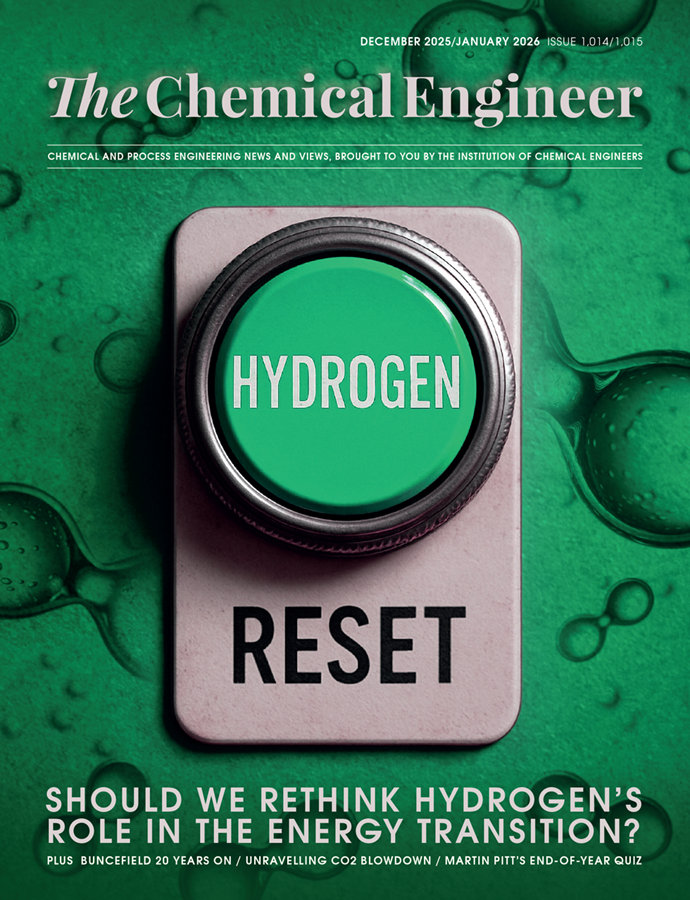Producing synthetic gas with a single-step process

TECHNOLOGY company Sunfire has successfully demonstrated a single-step process for producing syngas from water, carbon dioxide, and renewable energy.
In conventional processes for syngas production, electrolysis is used to produce hydrogen from water, and the reverse water-gas-shift reaction is used to convert CO2 into carbon monoxide. Sunfire's technology, Sunfire-Synlink, can perform these actions in a single step using co-electrolysis, where the H and CO are both produced from electrolysis.
The technology uses solid oxide electrolyser cells (SOECs) which can operate at a high temperature to directly convert steam instead of using liquid water. SOECs are more efficient than conventional low temperature electrolysis and can be used for electrolysis of both steam and CO2. The heat for the process can be produced by waste heat or steam from industrial processes and the energy can come from renewables, making it a “green” process.
Sunfire has had a successful start-up and test run of over 500 hours of the technology. The test run took place at its Dresden site in Germany in November 2018, where the 10 kW plant produced up to 4 Nm3/h of syngas.
The syngas can be further processed to produce a synthetic fuel known as e-Crude. This is the objective of the next phase of the project, where the unit will be moved to Karlsruhe and combined with technology from other partners to produce the e-Crude. CO2 from direct air capture will be provided by Climeworks, to be combined with steam to produce the syngas in the co-electrolyser unit. The syngas is then converted to hydrocarbons using a micro Fischer-Tropsch synthesis process developed by INERATEC. The synthetic fuel is produced from the hydrocarbons using hydrocracking technology from Karlsruhe Institute of Technology. Using CO2 captured from the air will make the synthetic fuel carbon-neutral. The partnership plans to demonstrate the integrated production of e-Crude in August 2019.
Sunfire has also started to scale up the co-electrolysis process to industrial scale. The first commercial plant, originally planned for operation in 2020, will be capable of producing 10m L/y of e-Crude using 20 MW of input power. The plant will be located in the Heroya industrial park in Norway and be operated by clean technology company Nordic Blue Crude. The plant would avoid emissions of around 21,000 t/y of CO2 by using waste industrial heat and renewable energy.
Recent Editions
Catch up on the latest news, views and jobs from The Chemical Engineer. Below are the four latest issues. View a wider selection of the archive from within the Magazine section of this site.




